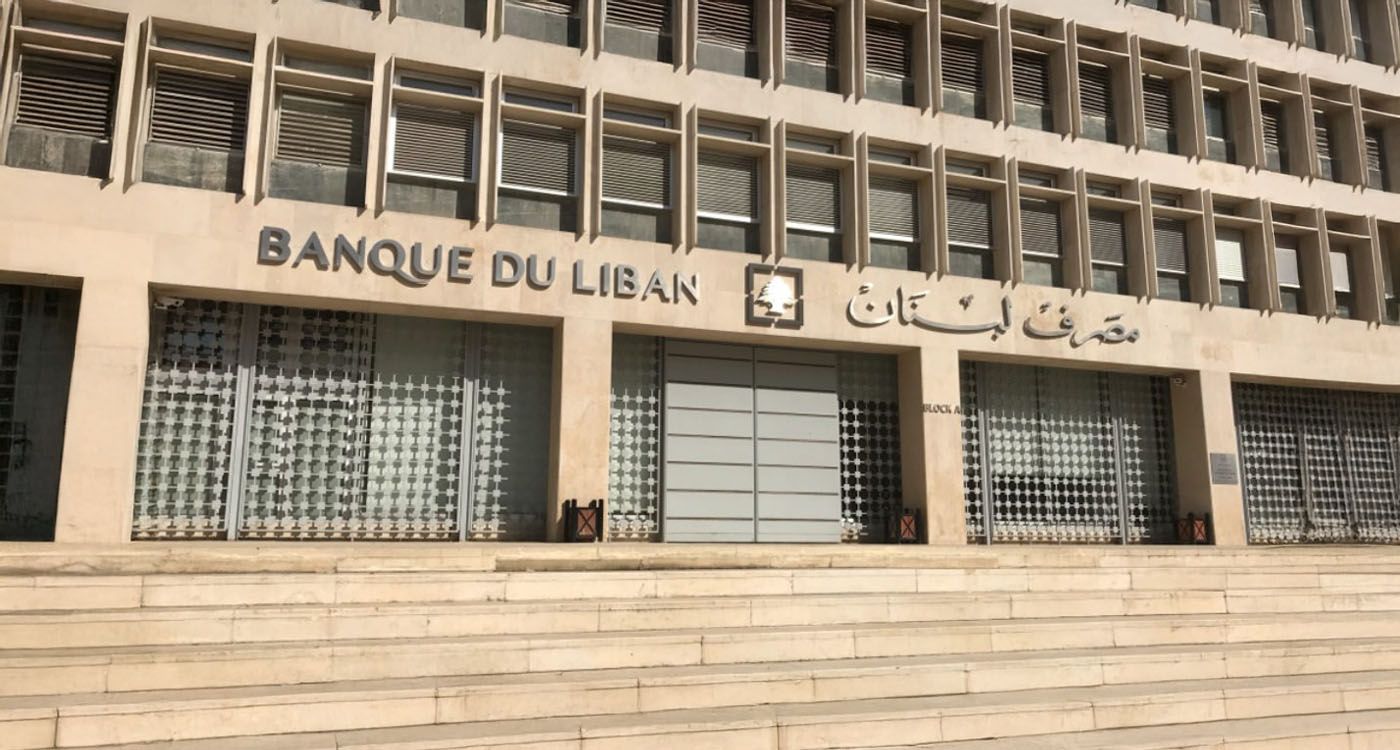
As the political situation remains uncertain, especially regarding the formation of the government, the Central Bank of Lebanon decided at the end of January to suspend its previous policy that required banks to make multiple monthly payments to beneficiaries of Circulars 158 and 166. This decision restores withdrawal limits to pre-crisis levels.
Sources from the Central Bank confirm that no changes will occur until the new government makes decisions regarding withdrawals and until the completion of the banks' restructuring process and the resolution of the depositors' crisis through a fair plan.
The Central Bank justified its decision by pointing to the gradual return to normalcy, arguing that the exceptional circumstances that previously warranted increased monthly payments no longer exist. The Central Bank cannot single-handedly continue to bear the responsibility of ensuring deposit payments. Its primary focus remains on maintaining monetary stability, while also striving to support as much economic and social stability as possible.
It is worth noting that, since the implementation of Circulars 158 and 166, up until the end of January 2025, the total amount of additional payments approved by the Central Bank reached $4 billion. The decision to provide these additional payments was a response to the country's emergency circumstances, the most recent of which occurred in January 2025, when depositors benefited from additional payments for four months. Subsequently, the Central Bank’s board decided to revert to the previous payment limits, meaning beneficiaries of Circular 158 would receive $300, while those of Circular 166 would receive $150.
On a positive note, the Central Bank has completed a study to increase the amount allocated to these circulars without affecting the liquidity of the banks or the Central Bank itself. This is especially significant as the Central Bank has managed to recover a large portion of the foreign currency reserves it lost in the fourth quarter of 2024. Data from the Central Bank reveals that it has purchased around $550 million from the local market since the beginning of the year, compared to its previous monthly purchases of $200 to $250 million.
This increase in purchases will bolster the Central Bank’s reserves, which amounted to approximately $10.5 billion by the end of January, considering that these reserves also include amounts in euros, whose value has recently declined.
Acting Central Bank Governor Wassim Mansouri has emphasized the need for an official consensus on monthly withdrawal limits. Until the government is formed and a clear policy is established, BDL is reluctant to make unilateral decisions regarding further increases. It is anticipated that the new government will prioritize addressing the depositors' crisis in collaboration with the banks, the Central Bank, and the Parliament. As such, efforts are underway to establish a mechanism for officially raising withdrawal limits, especially given that the Central Bank is not solely responsible for resolving the depositors’ crisis.
Currently, the Central Bank is working on a comprehensive plan to address the depositors’ crisis within a feasible medium-term framework. This plan is being developed alongside a broader banking strategy aimed at revitalizing the sector by reintroducing banking services to support different industries, while also safeguarding deposits and ensuring their proper repayment.
Throughout the transitional phase for implementing this plan, discussions will take place with the government regarding the proposed increase in the withdrawal limits outlined in the circulars, in coordination with the new Minister of Finance and the banks.
However, due to the delay in forming the new government, Wassim Mansouri and the Central Bank’s board are preparing to issue a decision to gradually raise the monthly withdrawal limits through a clear mechanism for the upcoming phase, pending the formation of the new government. These measures will be addressed with the government in an open and transparent dialogue aimed at resolving the depositors' issue. Such discussions will ultimately contribute to finding a final resolution for the withdrawal limits and the monthly ceilings that currently restrict depositors.





Comments